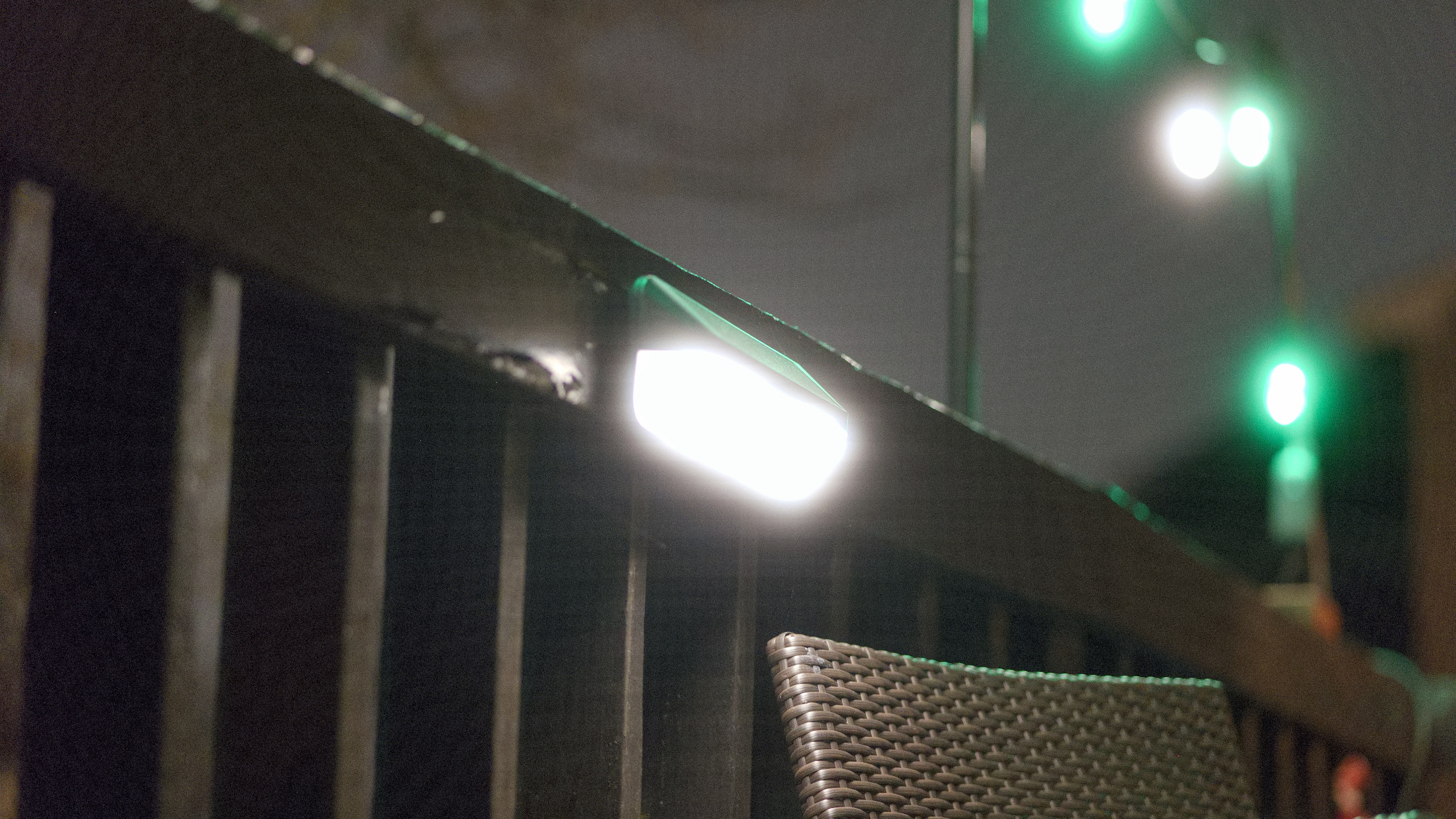I don’t like VR headsets — can the Apple Vision Pro convince me I’m wrong?
The answers to these questions could change my mind about VR headsets
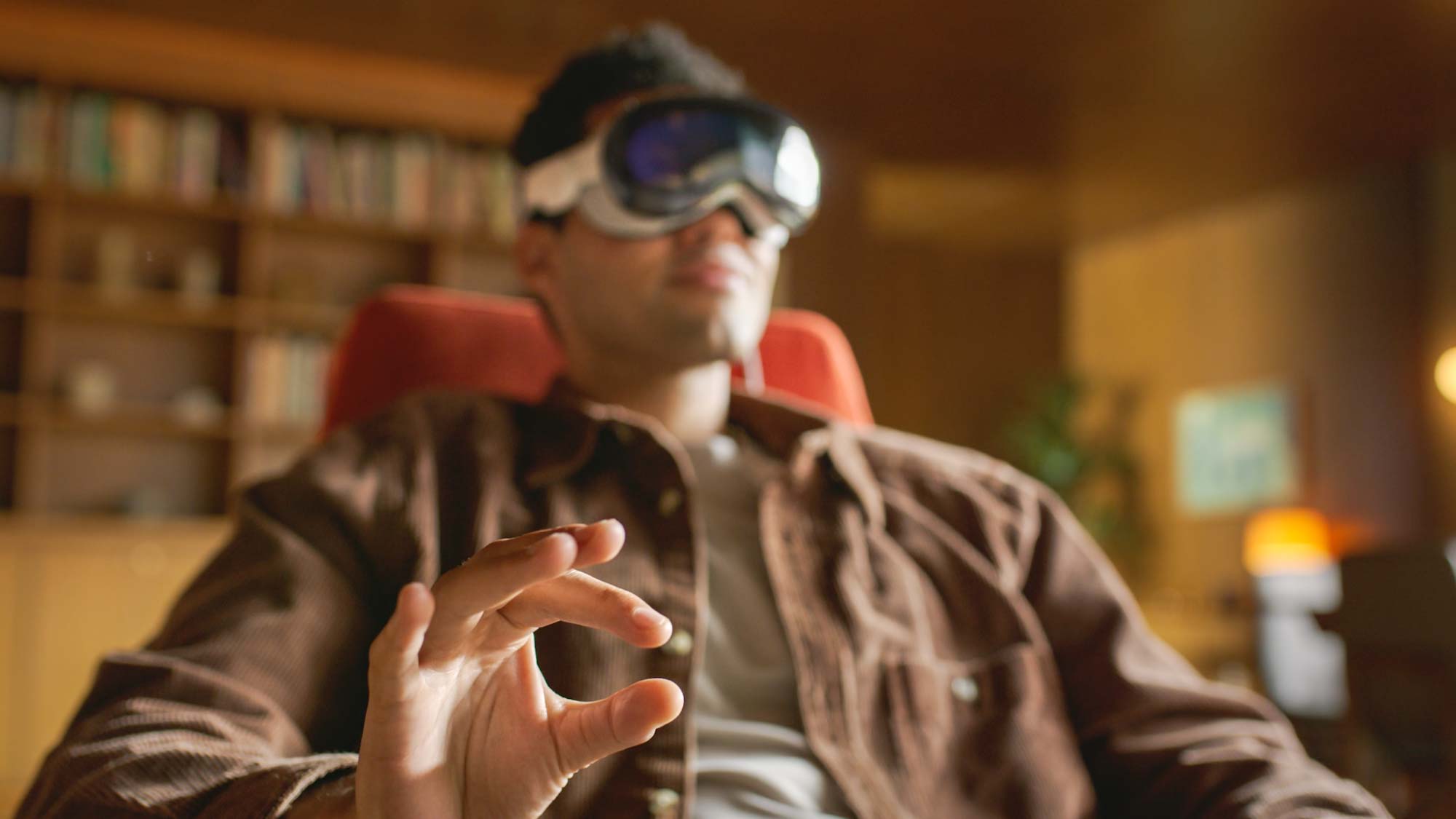
The Apple Vision Pro was the talk of this year's Worldwide Developer Conference, where the mixed reality headset got an extended preview.
Even in the ensuing weeks, there's been plenty of Vision Pro chatter — everything from the headset's various features to the long-range implications of what Apple is touting as "spatial computing." That's a pretty impressive amount of attention for a product that's not going to appear until next year, one most of us won't be able to buy without first securing an appointment with a loan advisor at our local bank.
And quite frankly, I just don't get it.
Oh, I understand the excitement about a new type of product from Apple. And as someone who attended the press event that introduced the iPod only to shrug at the portable music player, I fully understand the folly of doubting Apple's ability to popularize products people didn't know they needed.
But my feelings toward mixed reality headsets — virtual, augmented or otherwise — range between indifference to hostility. I don't enjoy wearing them. I've found few compelling reasons to use them. And I've never contemplated buying one, not even for a moment.
Is the Apple Vision Pro likely to get me to change my tune? Not for $3,499, it's not. I've got a mortgage and a kid who might want to go to college one day. Those seem like better uses of my money than a device that lets me see my email inbox floating in front of me.
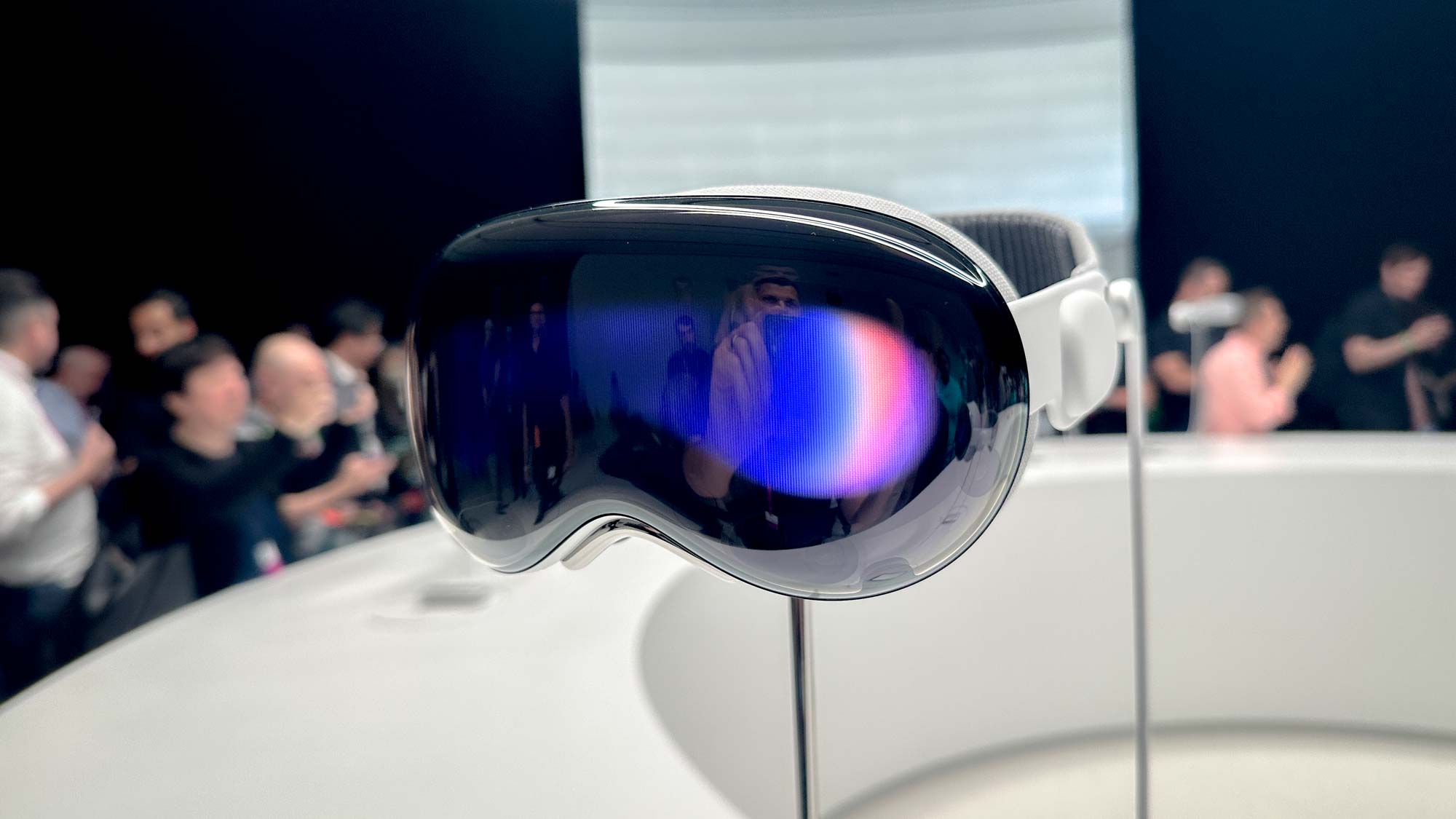
But let's separate the Apple Vision Pro from its price tag for a moment. As someone who's pretty ambivalent about VR, AR and the rest of it, is there anything that the Apple Vision Pro can do to convince me that I've got it all wrong?
I've given it some thought, and it comes down to three questions I have about the Apple Vision Pro. How the answers pan out will determine how I ultimately feel about the device.
How comfortable is the Apple Vision Pro to wear?
I'm fond of saying that my favorite part of any headset demo is the precise moment when i get to take the headset off. That's because the next headset I try that's comfortable to wear will be the first one.
It's not a matter of weight, though yes, there are some headsets that lie heavily on the head. Rather, my biggest complaint with headsets is how sweaty they make any part of my skin that comes into contact with the device. For me, it particularly problematic just underneath the eyes where the headset typically forms a seal against your face. Even the shortest of demos makes my face feel moister than laundry left out in a rainstorm.
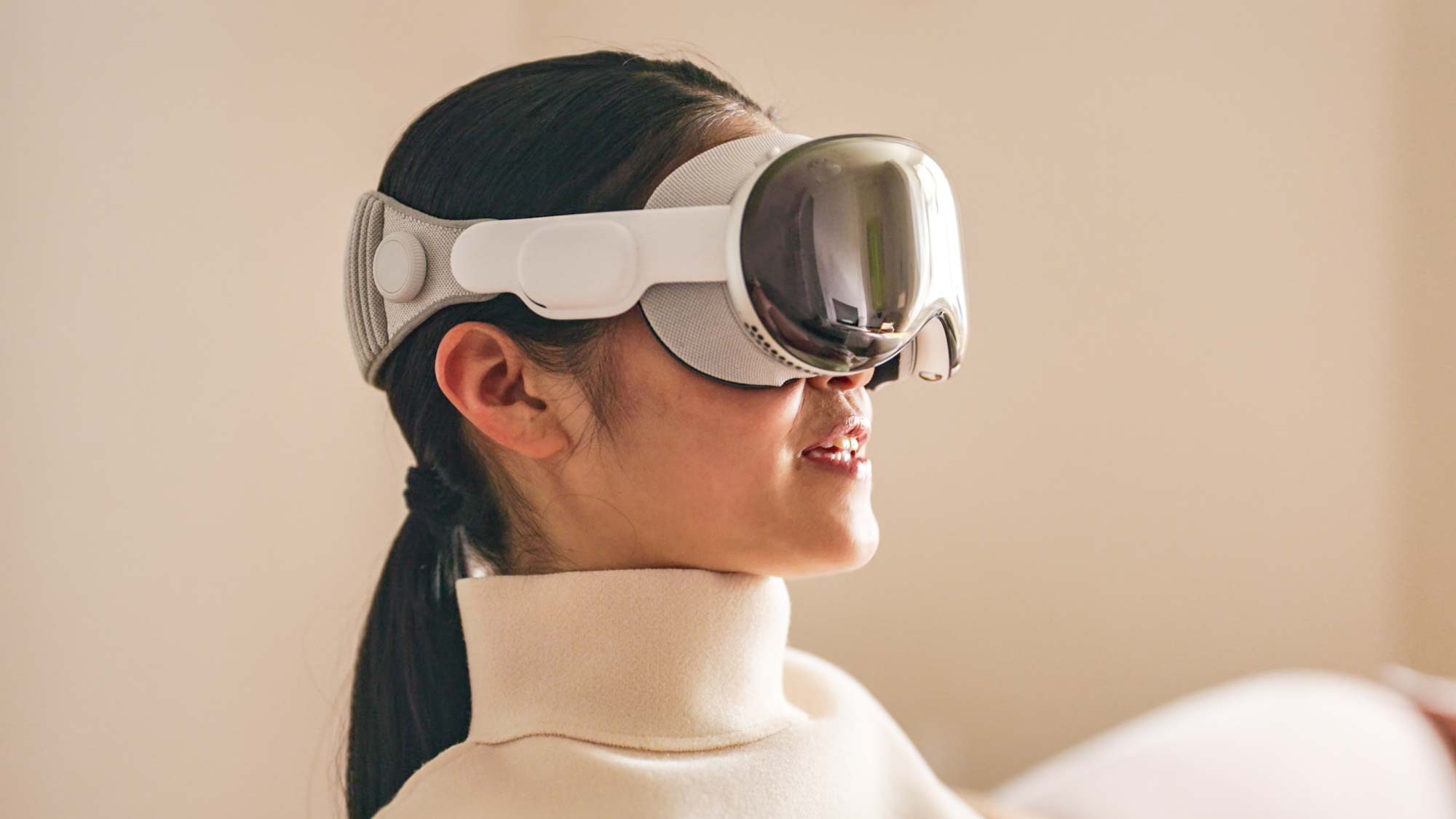
Some people experience nausea when trying out particularly immersive headsets, but thankfully, that's never been an issue for me. (If it were, my stance on putting on headsets would go from "well, if I must" to "not on your life, bub.") But I do find virtual handsets a little disorienting, particularly when playing games. The visuals flashing before me, the game audio competing with any ambient noise from whatever room I'm in — it all has a dizzying effect on me, to the point where I can't wait to rip off the headset and leave the virtual world behind me.
I haven't had the chance to strap on the Vision Pro for a demo, but my colleague Mark Spoonauer suggests in his Apple Vision Pro hands-on that the headset felt comfortable enough. It's worth remembering, though, that the Vision Pro demos Apple offered at WWDC ran a limited amount of time — maybe 30 minutes to an hour. It's unclear how comfortable things will remain after extended periods of use.
The early word though is "not very," at least based on reports that Vision Pro testers find that the headset starts to feel heavy after a few hours of continuous use. Apple is reportedly working on ways to lighten the load before the Vision Pro ships, but comfort is going to be a key factor to the headset's success.
How long am I supposed to wear the Vision Pro?
I guess one way to make sure that the Vision Pro doesn't feel too heavy after extended use is to design it so that it can't be used for extended periods. Right now, the battery pack can go for about 2 hours before a recharge; you can also plug in the Vision Pro to a power source if you don't mind the creeping sensation that you're an extra in one of The Matrix movies.

Apple mentions a lot of potential use cases for the Vision Pro, but watching movies in an immersive atmosphere appears to be a big selling point. These days, most movie run times stretch well past the 2-hour mark. If this is Tim Cook's way of telling Hollywood that most films should come in at a tight 90 minutes, I support him utterly. But at the same time, I don't want to interrupt the climax of an action thriller just so I can find a nearby electrical outlet for my movie-viewing apparatus.
The same goes if you envision Apple's headset as a productivity tool. Yes, there's something to be said for taking breaks during your workday. But if I have to keep starting and stopping to keep my Vision Pro powered up, I imagine having a hard time getting into the flow of things. That's less of a concern when I sit down in front of a laptop or a tablet.
What can the Vision Pro do that I can't do with other devices?
Apple showed off a lot of potential uses for the Vision Pro during the WWDC preview. Besides the aforementioned movie watching and productivity apps, you can use the headset to play games, make FaceTime calls, learn things and even meditate. And with developers building apps for the Vision Pro as we speak, we could uncover even more uses between now and when the device ships in 2024.
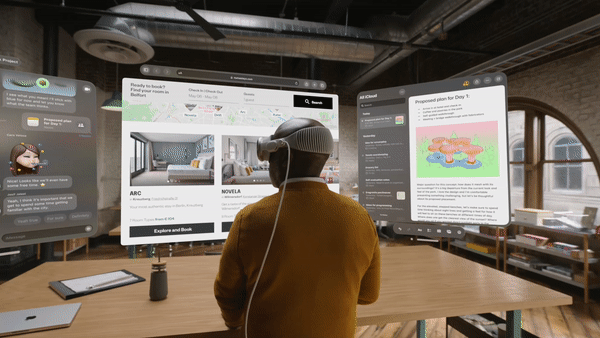
But I can do all of those things mentioned above on Apple hardware I already own. I can play games on my iPhone and slip the phone into my pcoket when I'm done. The same thing goes with FaceTime calls, and once tvOS 17 arrives, I'll be able to move those to my Apple TV when I want a bigger screen experience. All the prodcutivity apps I could ever want are on my MacBook Air, which conveniently comes with a real physical keyboard instead of forcing me to jab at virtual keys floating in the air. What makes any of these experiences better on the Vision Pro?
The answer at this point seems to be some variation of "well, it's more immersive," but I don't believe that's an adequate explanation. Yes, I have no doubt that watching a movie on the equivalent of a 100-foot screen in the virtual world is a pretty eye-popping experience, but it sounds like one I'd have all by my lonesome. I'd rather enjoy a movie with my family on an adquate sized-TV than cut myself off from the people around me.
Apple Vision Pro outlook
Perhaps the penny will drop for me if I ever try out an Apple Vision Pro demo for myself. Or perhaps Apple will ultimately settle on a compelling justification for its headset, much it like did with the Apple Watch evolving from a glorified iPhone accessory into a more fully featured health and fitness wearable. Right now though, for a product with "vision" right there in it's name, I'm just not seeing what that vision happens to be.
More from Tom's Guide
Sign up to get the BEST of Tom's Guide direct to your inbox.
Get instant access to breaking news, the hottest reviews, great deals and helpful tips.
Philip Michaels is a Managing Editor at Tom's Guide. He's been covering personal technology since 1999 and was in the building when Steve Jobs showed off the iPhone for the first time. He's been evaluating smartphones since that first iPhone debuted in 2007, and he's been following phone carriers and smartphone plans since 2015. He has strong opinions about Apple, the Oakland Athletics, old movies and proper butchery techniques. Follow him at @PhilipMichaels.

